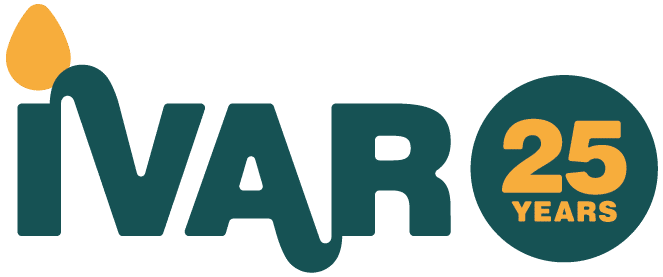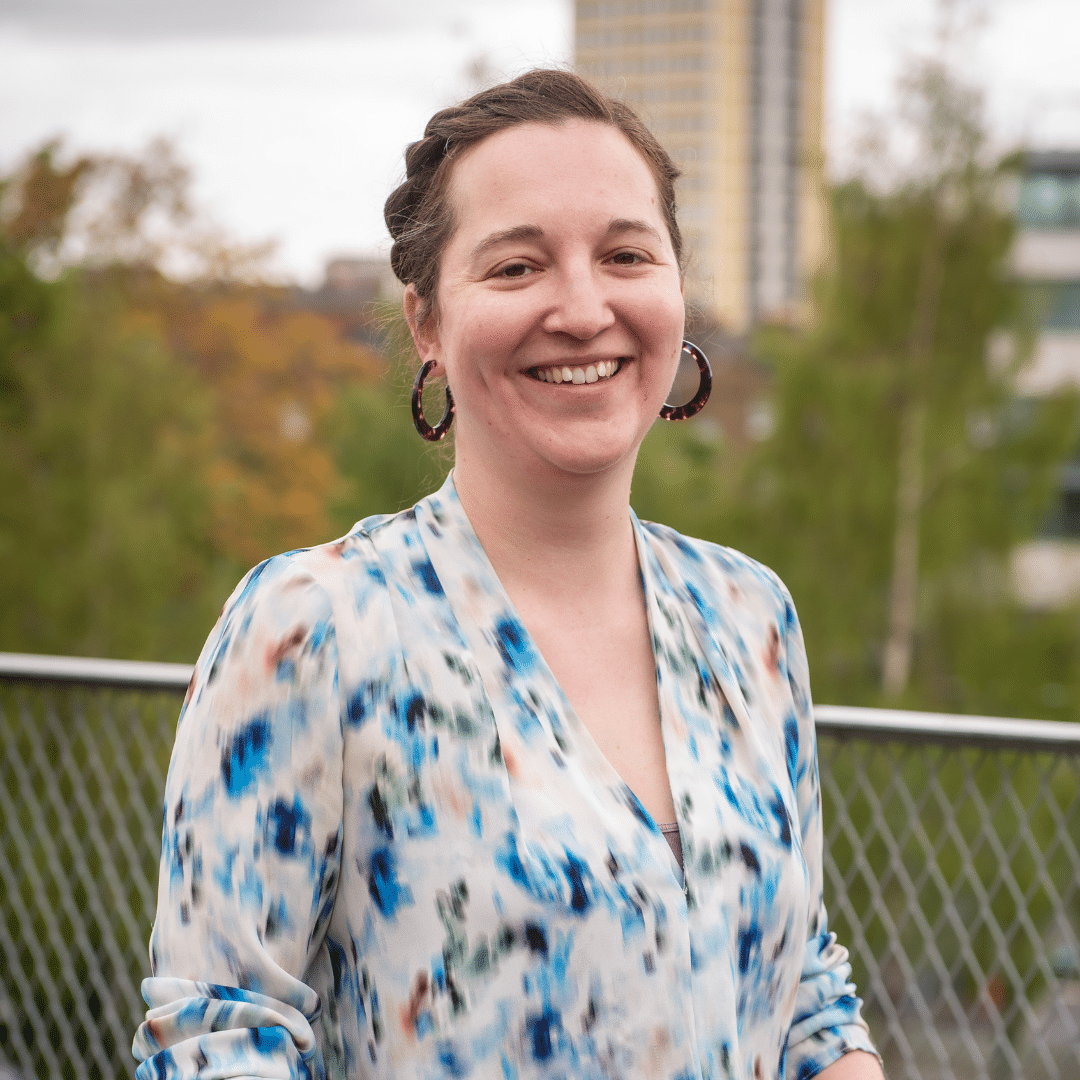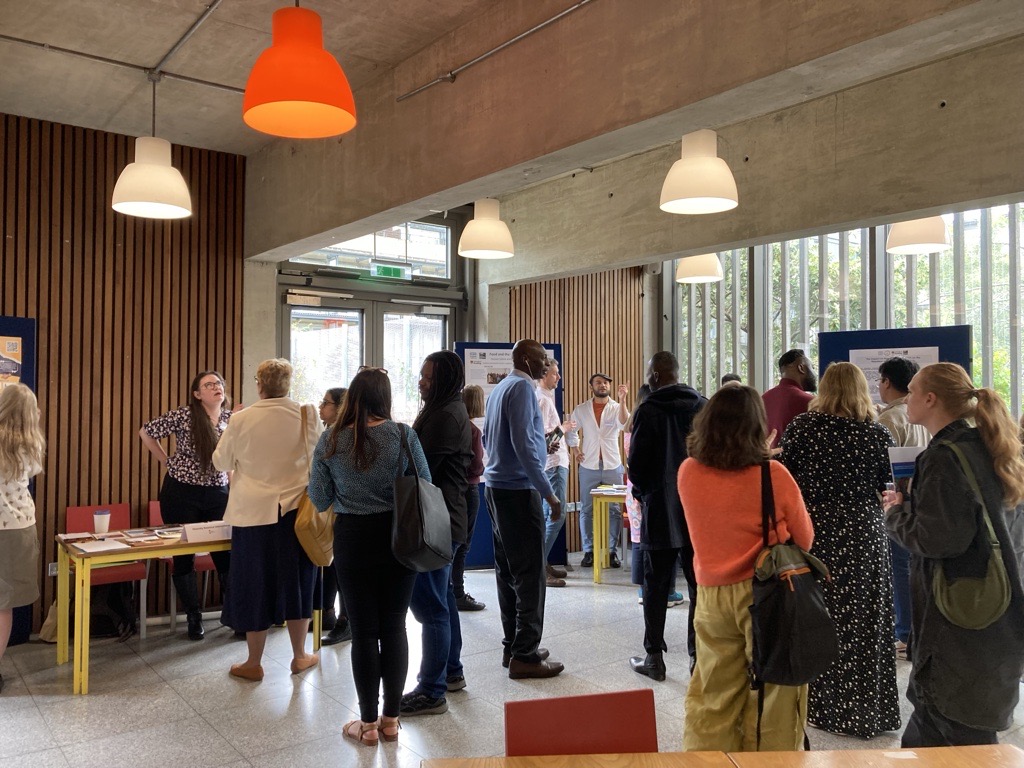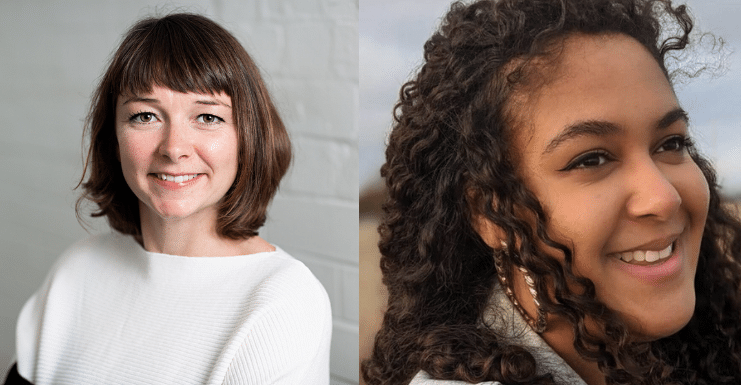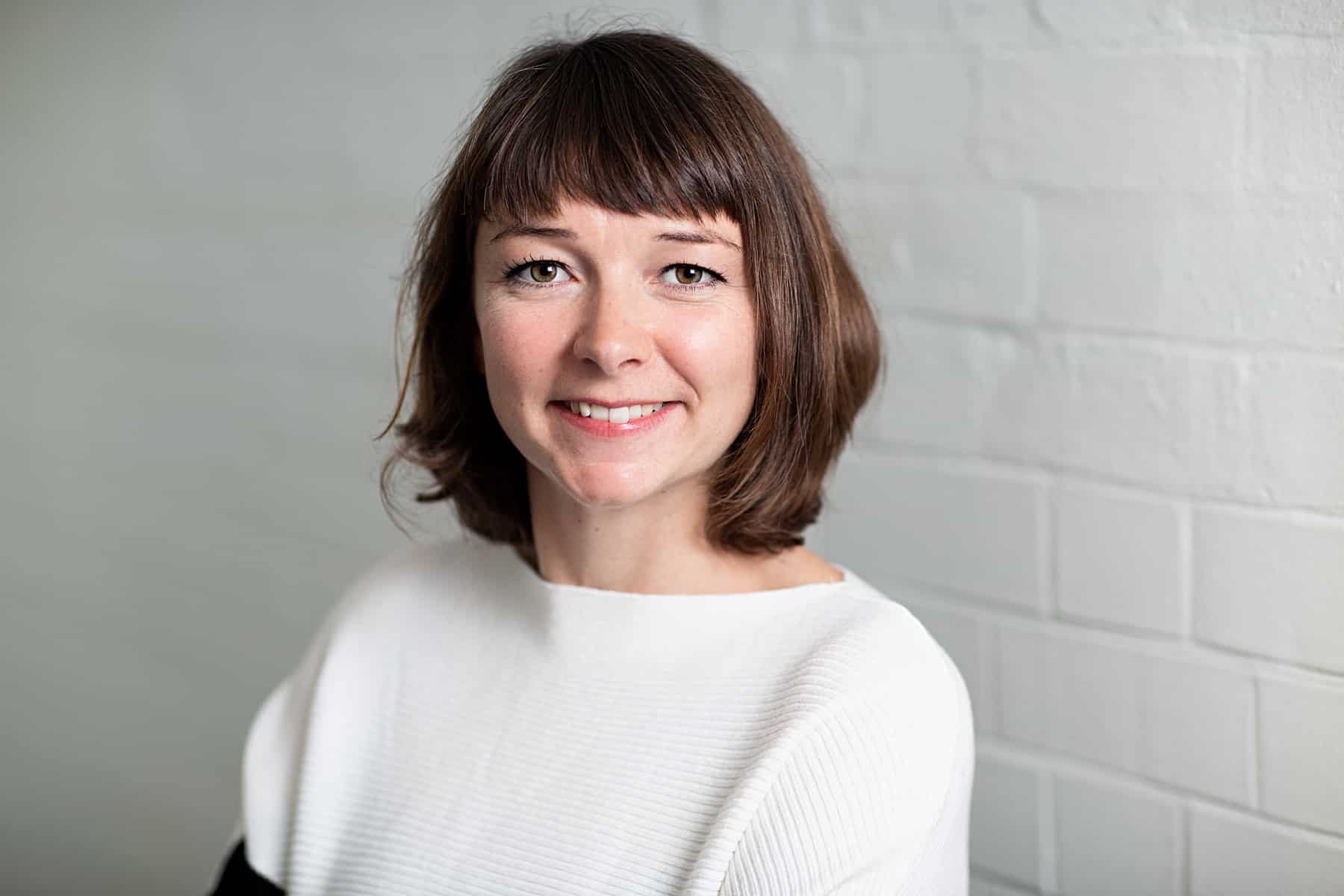Introduction
Over the past few years, Local Trust’s Community Leadership Academy has supported residents to lead change in their local areas. We were pleased to work with Just Ideas on exploring what could be learned from their approach – and Emily Dyson, Deputy Director at IVAR shares how the insights surfaced resonate with what we’re seeing and hearing more widely.
What does a decision maker look like?
There is a growing evidence base for the value of bringing communities and people with lived experience into decision making. At IVAR, we see time and again the benefits of this – particularly through our Connecting Health Communities initiative which explores how to address a range of health inequalities: from increasing access to cancer screening for Black and minoritised people in Eastbourne, to reducing smoking in Sheffield.
However, there is much to consider when sharing power with communities. One challenge is the language of leadership. Many of those who the Community Leadership Academy (CLA) sought to support resisted applying the terms ‘leadership’ or ‘leader’ to themselves. For some, those terms can be empowering; for others, they can be alienating and discourage participation:
We know that communities have an important role to play in decision making. But how can we support people to lead change and shape the national agenda?
Key elements of community leadership support
Local Trust ran a series of roundtables bringing together people interested in community leadership, including some CLA participants. Together, they identified six elements of ‘making it happen’:
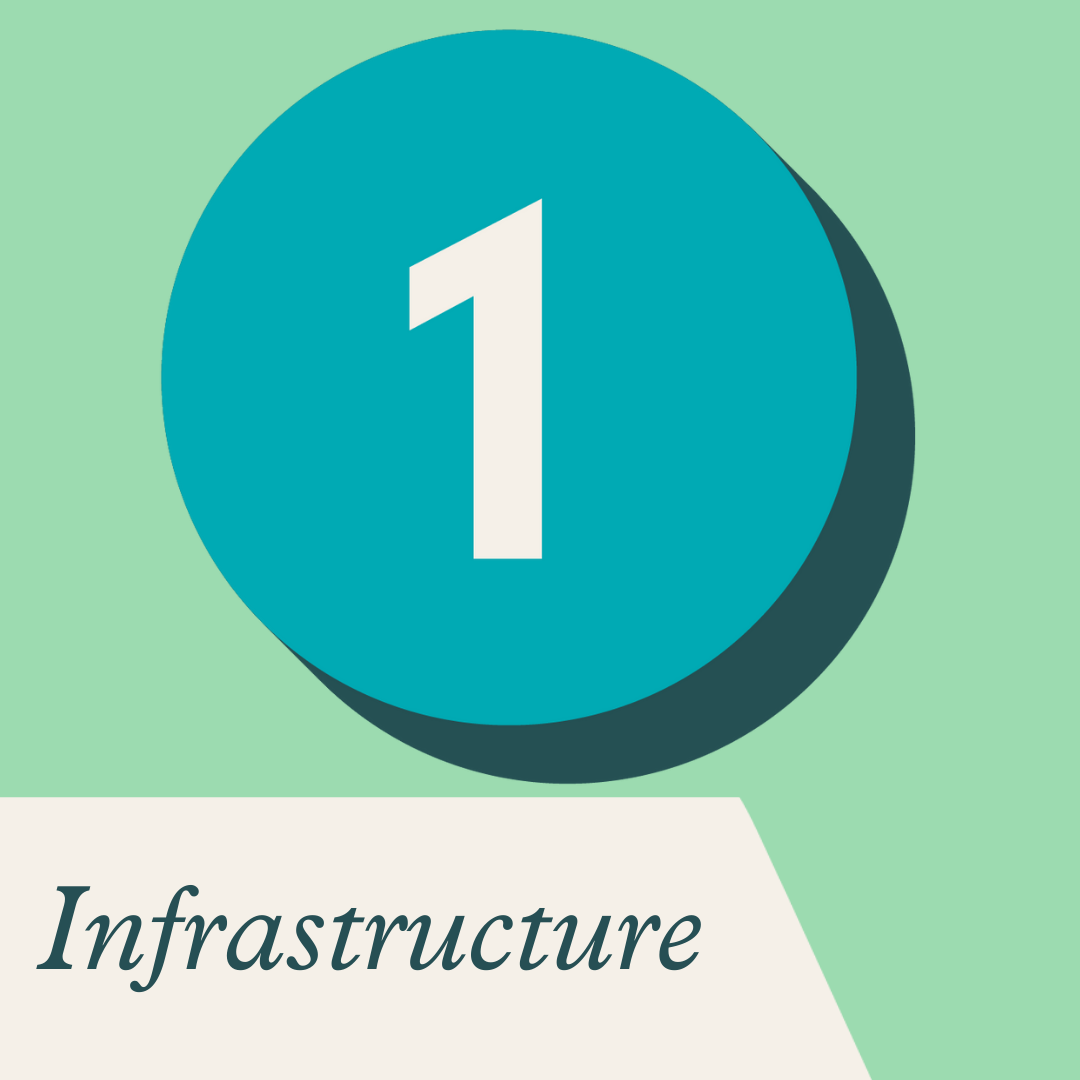
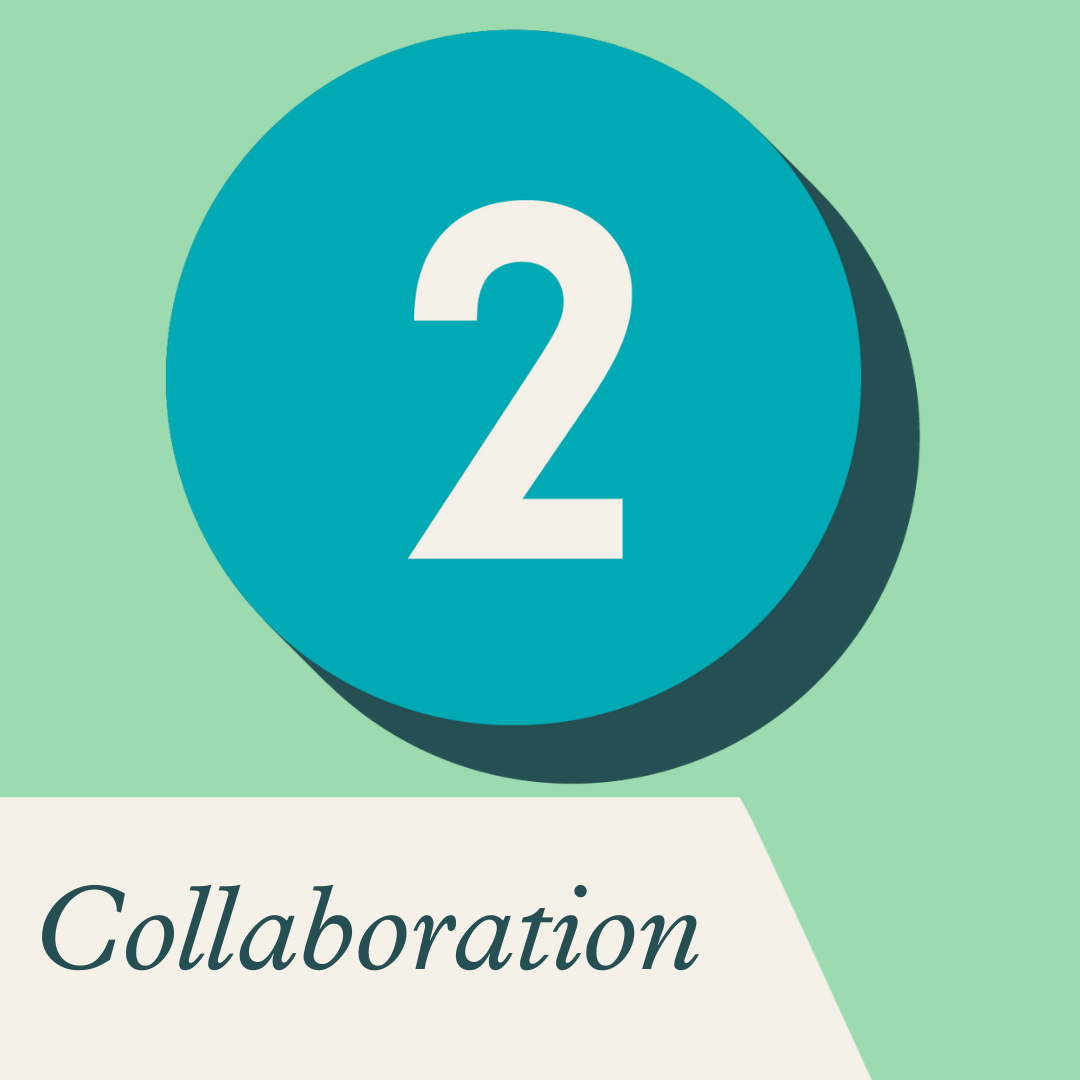
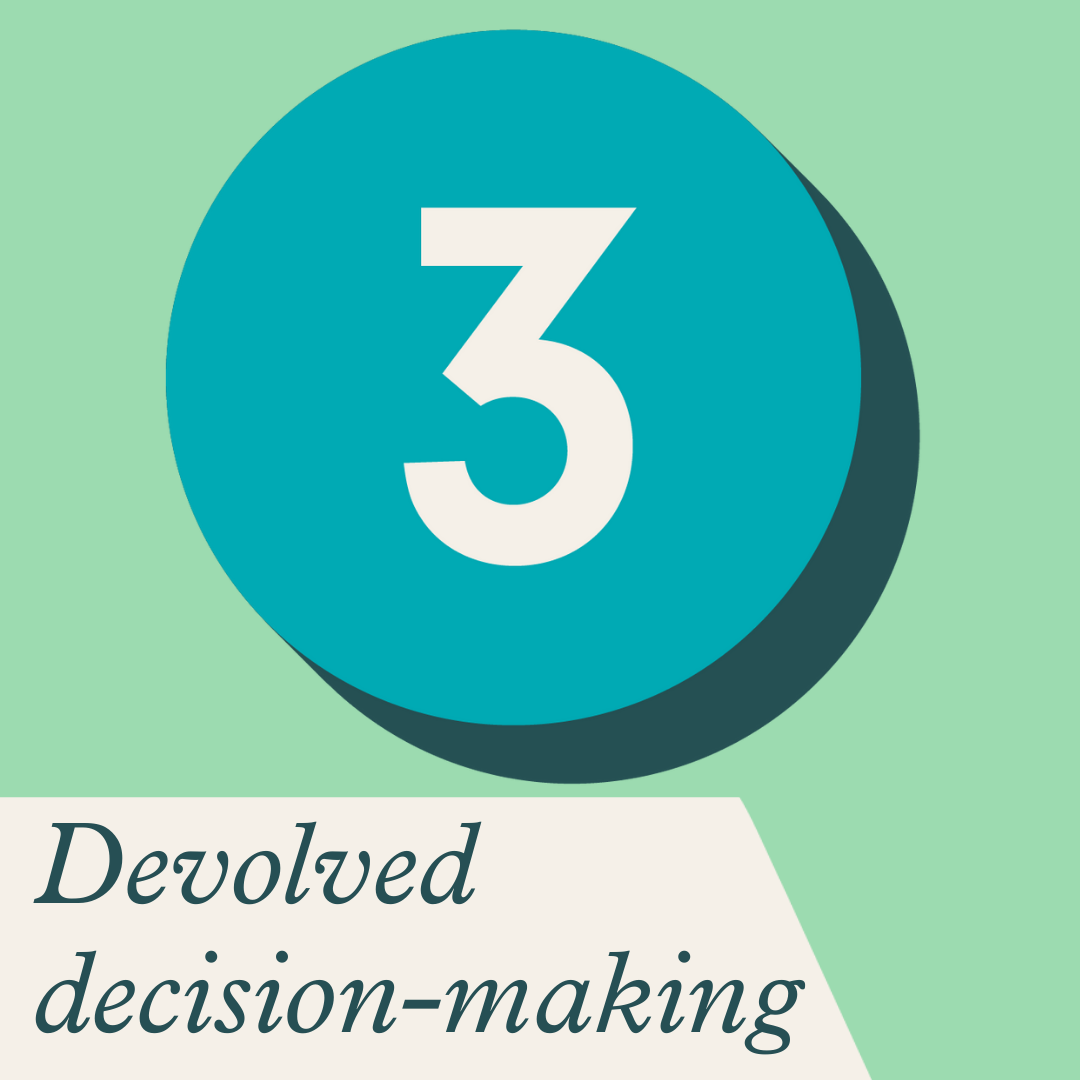
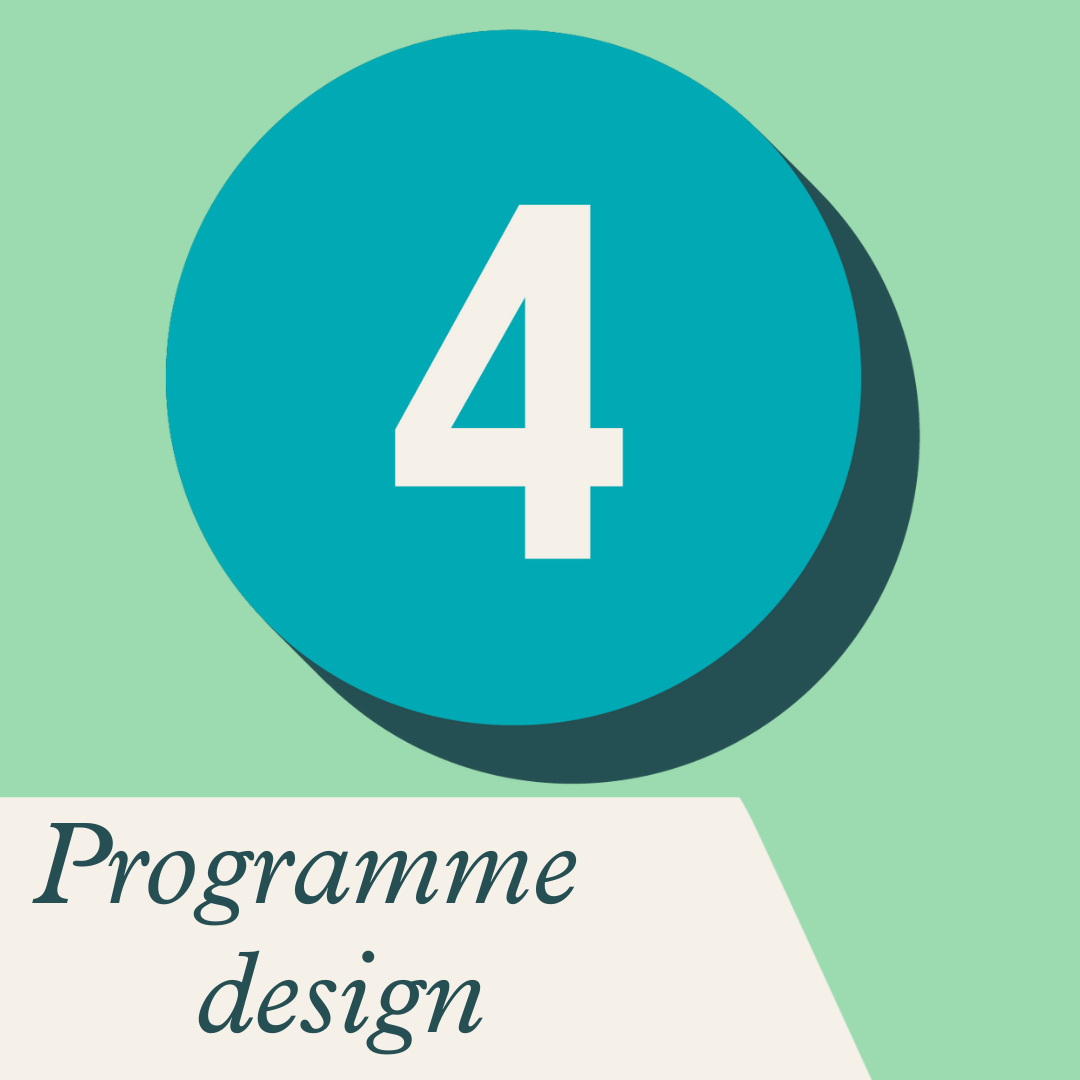


What changed as a result of the Community Leadership Academy?
By supporting people to realise their potential as community leaders, the Community Leadership Academy (CLA) enabled people to:
- Advocate in and for the community bringing different voices into decision making and advocating about what the community and local area needed. People invited councillors into their regular events and looked for new ways to tackle old problems, such as building an enthusiastic volunteer team to keep the local environment clean, by creating time to be social and publicising success in local media.
- Take on new roles and responsibilities, from setting up a Tenants and Residents Association, to running a forum for residents affected by a regeneration scheme, to being elected as a Parish Councillor. People had higher capacity to engage in existing decision-making structures and to create new ones:
- Introduce new or more inclusive ways of working in public spaces from taking lived experience into democratic spaces, to bringing professionals into community spaces – and building community members’ confidence in setting firm expectations about their representation and participation: “[CLA participant] learned to say, I’d like to take that away, I want to think about that, and I’ll come back to you. And that was quite an important shift in feeling more confident … didn’t just have to react.”
So, have we found the key to sharing power with communities?
The impact of community leadership, as described above, is not guaranteed. It depends on pre-existing relationships and the receptiveness of key stakeholders.
The CLA’s learning begins to provide a roadmap for those interested in sharing power with communities. The importance of collaboration and infrastructure are particularly striking – as they run against the grain of our current context: resources are limited, making funding more competitive, and needs are rising, which often puts the focus on front-line delivery.
However, against this backdrop, it is ever-more important to ensure that money and energy are directed to where they are most needed. And communities have a huge part to play in that.
There isn’t any one key to unlock sharing power with communities. But a crucial part of this work is in supporting people to see the role they can play in shaping and leading change – and in equipping them to take it on.
What that looks like or requires will be different for each of us. But there certainly needs to be a willingness on the part of existing power holders and decision makers to work collaboratively, giving up some of their power and working alongside communities.
Exploring these findings in more depth
If you would like to explore these findings further, or read about the Community Leadership Academy’s approach, take a look at these two reports published by Local Trust, and written by Just Ideas, based on fieldwork carried out in partnership with IVAR:
